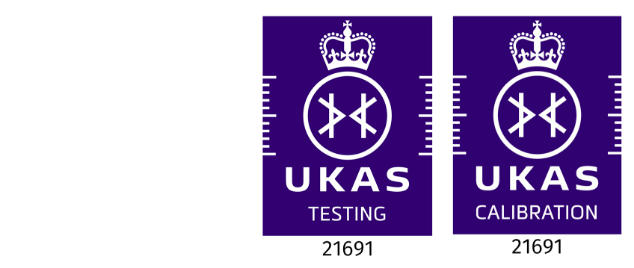Nuclear facilities have a limited lifespan of around 30-40 years. The decommissioning process, which itself can take 40-60 years, involves:
- Cleaning out and demolishing redundant nuclear and non-nuclear facilities;
- Segregating and packaging the radioactive and non-radioactive waste for long-term storage or disposal;
- Removing unspent nuclear fuels for use elsewhere;
- Leaving the site and surrounding environment in a condition that is safe for future generations.
During the decommissioning process, workers are at risk of exposure to airborne radioactive material. To manage exposure, workers routinely wear personal lapel air samplers. Fixed area air samplers are also used to monitor larger areas and to pinpoint possible sources of radioactive particulate matter.



